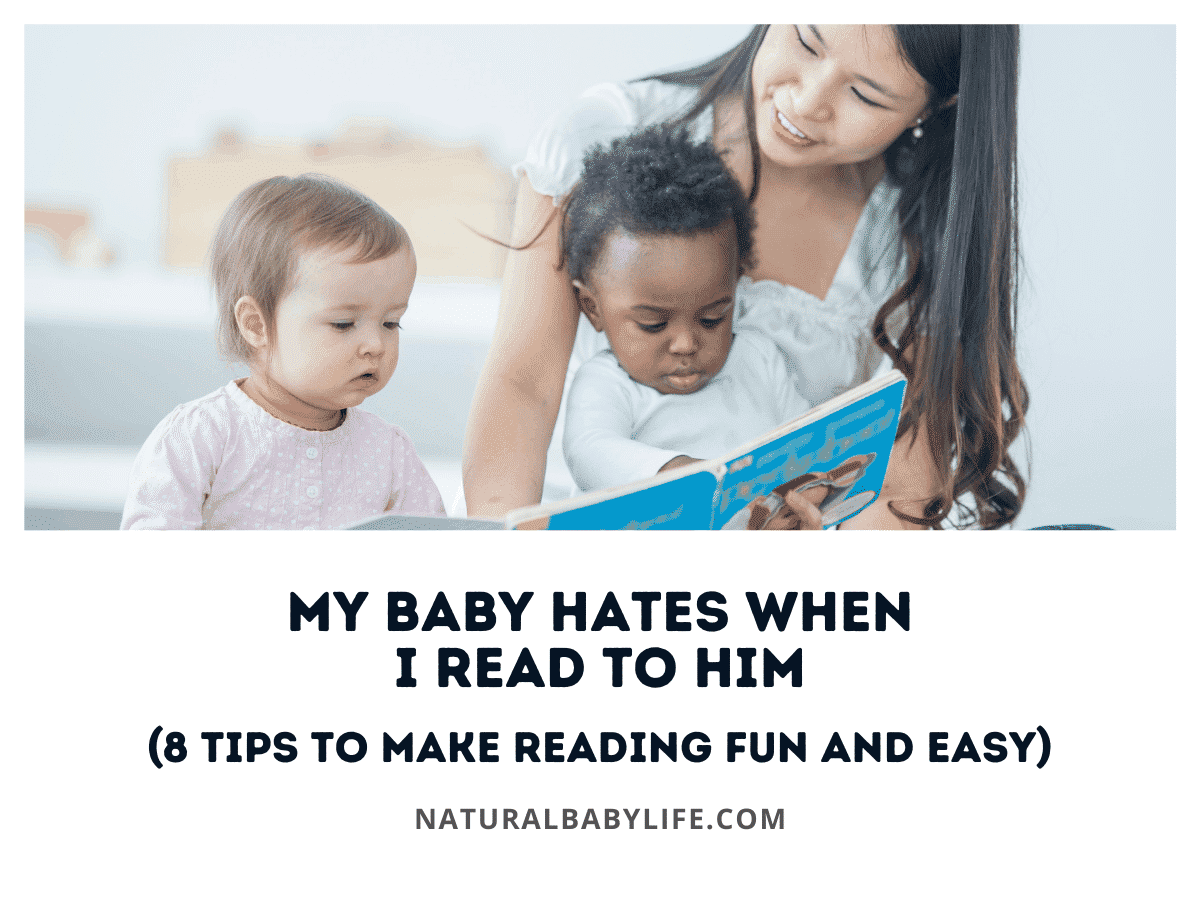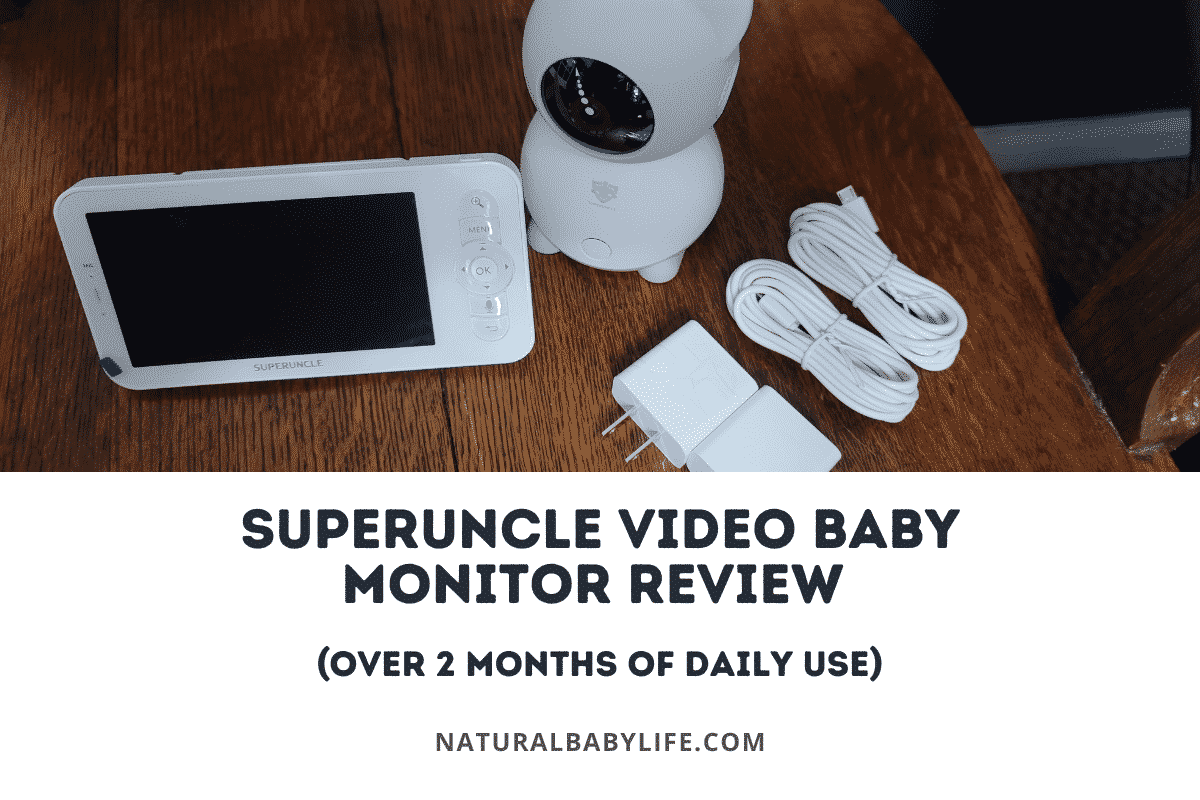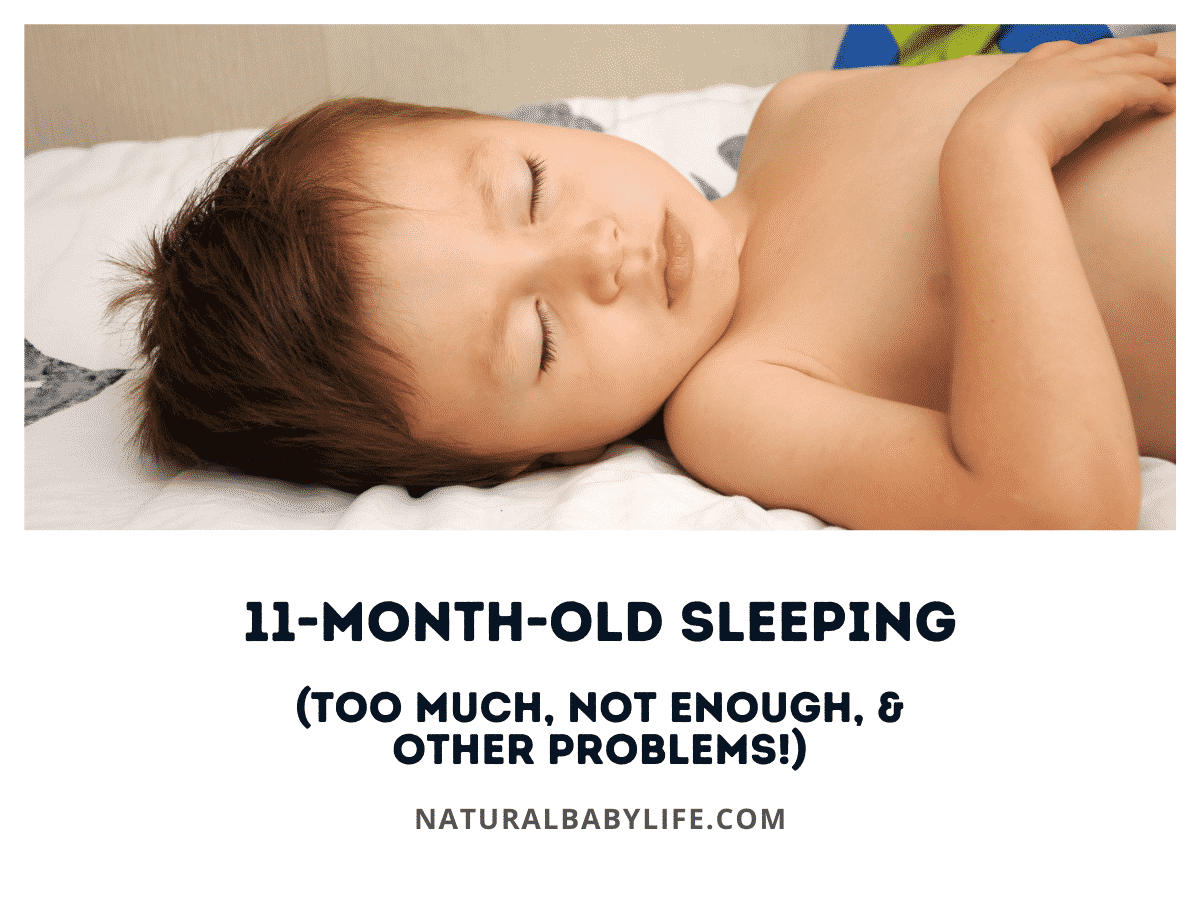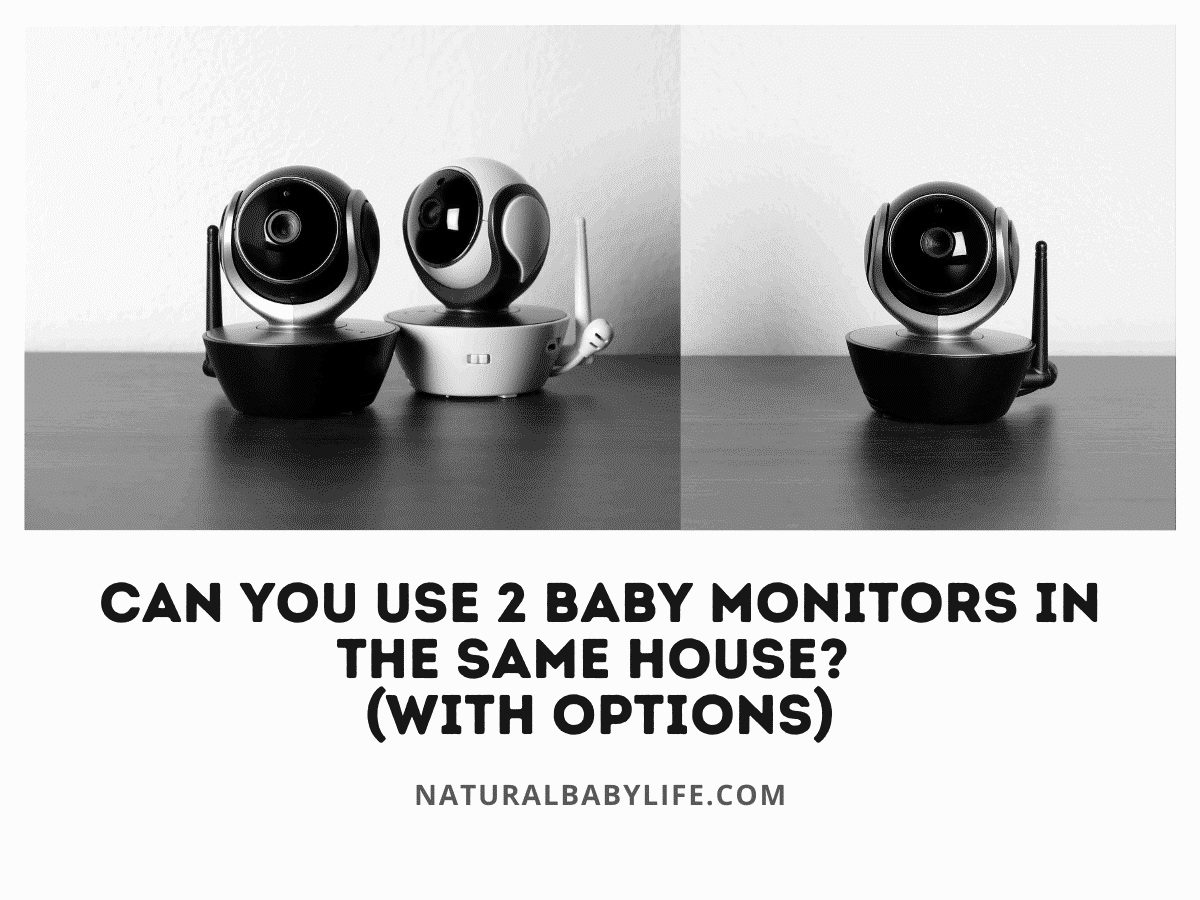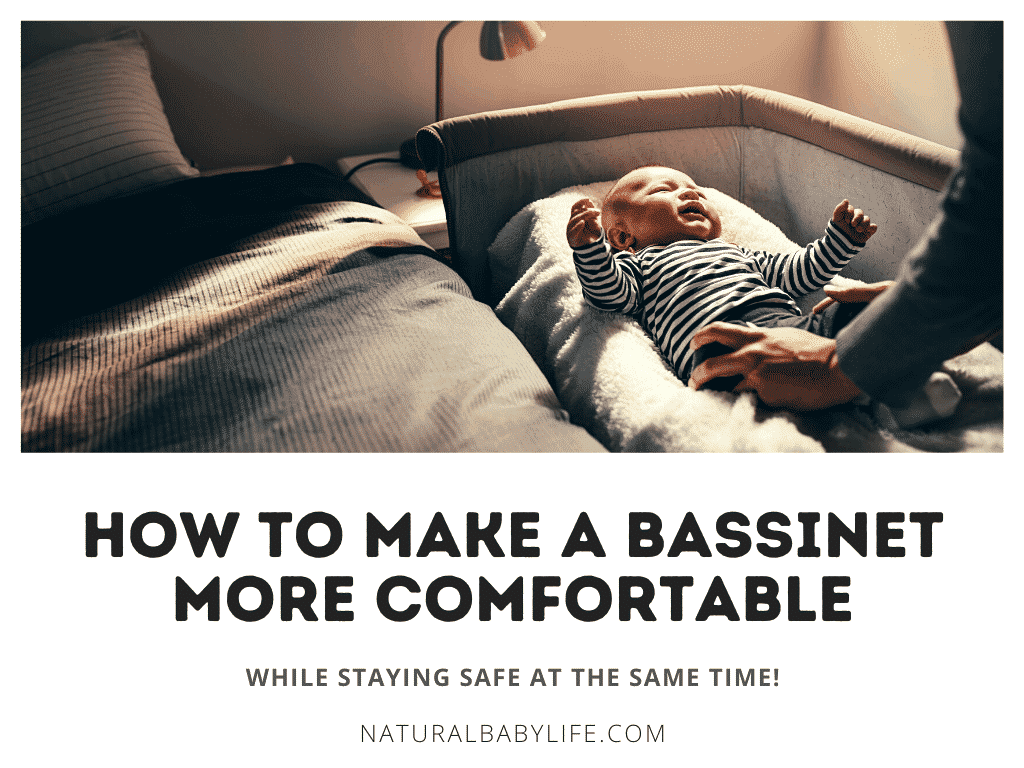We all know that reading to our children is one of the most beneficial things we can do for them. But what happens if your child doesn’t enjoy books?
If your baby hates when you read to him then you should still try to read to your child daily. Try a variety of books, including interactive ones and ones featuring your child’s favorite character. You can also try reading at different times, or reading while your little one plays. The repetition and hard work will pay off.
Keep reading for tips and tricks for getting your little one to enjoy storytime. Before you know it, snuggling in your lap to read a good book may soon be the best part of both your days!
Table of Contents
Why does my baby hate being read to?
Kids have a wide array of personalities and likes/dislikes.
Some kids will be more content to sit and listen to a story. Other kids will need more stimulation and have more energy to burn. Part of figuring out why your child doesn’t like being read to is to figure out what part of the process exactly they don’t enjoy.
For instance, if your child has a hard time staying still maybe they need a more interactive type of book with flaps they can lift or buttons they can push. Or if your child is a sensory seeker, they would probably enjoy books with textures such as farm animals to “pet” or materials that make noise.
It’s also important to use age-appropriate books. Younger babies can only see certain colors and ideally would benefit from books with large illustrations and less text to capture their attention.
Try books with repetitive sounds or with stories that rhyme. Find books that have songs written out that you and your child can sing along to. Or, it may simply take time for some children.
Why does my baby cry when I read to him?
Your baby can cry when you read to him for a multitude of reasons.
He could be tired, cranky, or overstimulated. The book could be too underwhelming or not enough to capture his attention. Maybe he is getting irritable sitting in your lap.
The average 8-12 month old’s attention span is only two or three minutes (babies even younger will have an even shorter attention span), so pick short stories that can be easily read in that time frame. Whatever you do, don’t force it.
Continue to read to your child and try new things to see what your baby prefers. Pay attention to the cues they give you and adjust your strategy as needed.
What do you do when your baby hates reading?
If your baby hates reading (and chances are they don’t actually hate it) you just need a few tricks up your sleeve. Compare it to a picky eater who despises most food. Chances are, you would keep reintroducing foods to them and making them at least try a bite as well as continue to give them the foods they do like.
Consider taking the same try-and-try-again approach with reading. If they enjoy playing and interacting with you, find books that encourage the same feeling. Find books with characters they like. Keep trying to read to them every day.
If they are fussy and not interested, put the book aside, and try another day. The main thing is to get them accustomed to having books be a part of their daily life.
Does reading to my child make a difference?
We’ve heard time and time again that one of the most important things we can do for our child is read to them every day. From my child’s pediatrician to their kindergarten teacher, I have heard this reiterated over and over, but what exactly does reading to our children do for them that is so important?
Reading time helps promote bonding between mom (or dad or grandma…), but it is also important for baby’s cognitive and emotional development.
Reading with your child helps them learn language as they hear it used, encourages lifelong literacy, and teaches them how to express and identify different emotions.
Bonding
There’s something so special about snuggling up in the glider with your baby while reading them a book.
The practice of reading to your baby, especially if it’s done as part of a nightly routine, gives an opportunity every day for you to reconnect with your little one.
This one-on-one time with your child promotes feelings of safety, love, and emotional connection while strengthening your bond according to Dr. Klein of the Cleveland Clinic.
Cognitive development
Reading consistently with your child helps build so many crucial skills.
Reading to your child can not only give her a grasp of language that will help her later learn to read on her own, it can actually make her smarter and more successful overall.
Reading books to your child helps them:
- Better understand the world
- Develop their imaginations
- Learn language and speech patterns faster
- Read to themselves earlier
Emotional development
When you read to your baby not only does it help their cognitive development but it also helps develop healthy emotions as well.
Children begin to pick up on different emotions by the expressive sounds you use while reading. They also learn about the dynamics of different relationships and get to see healthy examples of how to react when they feel certain emotions.
You can take this even a step further by asking leading questions during parts of the story. For example, “How do you think he feels when no one will play with him?” Or, “Why did she feel better after telling the truth?”
Most books have the opportunity to encourage your child to think and analyze the events that take place in the story.
When should I read to my baby?
When it comes to reading to your baby, the earlier the better it seems according to experts. In fact, reading to your baby while they are still in the womb has also been known to have benefits for your unborn child. Not only does reading to babies in the womb help them become familiar with language patterns but also promotes bonding between mother (or father) and baby.
While reading to your newborn baby is encouraged, babies ages four to six months will begin showing more interest in books than they had previously. And by six to twelve months of age, babies will start to favor certain stories over others as well as become more responsive to what’s happening in the book.
So while you can start reading to your baby as early as you like, keep in mind that it will look different depending on what stage your baby is in. Don’t be discouraged if early on they don’t seem to care or pay attention. Persistence and consistency are key.
How often should I read to my baby?
Reading to your baby should ideally be a part of your everyday routine in order to achieve the maximum benefits. According to Jim Trelease, author of The Read Aloud Handbook, parents should be reading to their children at least twenty minutes a day.
While this amount of time may not be feasible for young babies’ attention spans, it becomes more doable if broken into shorter segments throughout the day. As your baby grows older, it may become easier to meet this twenty minute goal in one chunk.
One easy way to make sure your baby at least gets some reading throughout the day is to incorporate reading as part of their bedtime routine. Babies and children alike thrive with routines and this is an easy way to help them wind down before bed.
What should I read to my baby?
You have unlimited options when it comes to choosing books to read to your baby!
Try to focus on age appropriate books that will appeal to your baby’s developmental stage but don’t be afraid to experiment with other books as well.
- Birth to 4 months – Babies in this age range respond the most to high contrast images and have limited color vision. Board books like Hello, Baby Animals and Hello, Ocean Friends are sure to capture your little one’s attention.
- 5-12 months – Babies in this age range are becoming more aware of their surroundings and are seeing their motor skills grow by leaps and bounds. They will be able to feel different textures in books and may be able to open flaps in books with assistance. Books like Never Touch a Porcupine are great for showing your baby different textures.
- 12-24 months – Babies in this age range can still enjoy all the books they’ve read in the past. You may notice their attention spans are lengthening at this point and they may find more interest in longer books, especially those with repetitive words or rhymes. Try some tried and true favorites such as Brown Bear, Brown Bear, What Do You See?, Little Blue Truck, or Llama, Llama, Red Pajama. A great first flap book is this Where’s Spot book, which was a personal favorite of my kids.
How do you read to a baby who hates books?
If you find your little one just simply does not seem to enjoy being read to there are so many different ways to try and change up your baby’s reading routine.
Try choosing interactive books that encourage your child to participate in the reading, or one that features a character they already love (either from a movie they like to watch or a favorite cuddly). You can also try creating a routine and reading to them at a certain time each time – night time is a classic for a reason! If all else fails, don’t forget that reading time is still helpful even if your little one isn’t curled up in your lap for it.
All it takes is one book that your child suddenly can’t get enough of that could make all the difference.
Interactive books
Interactive books are a great way to get your child’s attention.
There are books that light up, make noises, have different textures to feel, or flaps with hidden pictures to find. These types of books make reading feel more like play time and may be just what your little free spirit needs.
Here are some of our favorite interactive books:
- Noisy Farm – This touch and feel book also includes six fun sound farm sounds.
- Baby Einstein: Amazing Animals! – While this book is recommended for older children (4-8 years), it can be a great way to bond with your younger child by pushing the buttons together.
- Disney Baby On The Farm – Everyone’s favorite mouse takes kids on a tour of his petting zoo in this board book.
- Little Blue Truck’s Halloween – Little ones love to follow the adventures of the little blue truck in this not-so-spooky board book.
Bedtime stories
There’s something so soothing about reading a bedtime story in the soft glow of the lamp.
Babies love a routine and reading a specific book at bedtime can help get your little one relaxed and ready to go down peacefully.
Any story can work for bedtime, but here some great night-night books:
- Goodnight Moon – This has been a bedtime classic for a long time… and for good reason.
- Good Morning, Good Night – This board book does double duty as a touchy-feely book and a bedtime story.
- Good Night, Sweetie – Short and sweet, this is a good choice for when baby may not be ready to sit still for long.
Repetition
Books with repetitive words are not only attention-grabbing but are fun for mom and dad to read (at first at least!).
Young kids love these kinds of books because they can remember and predict what words may be coming next.
Some favorite stories that use repeated phrases include:
- Pete the Cat and His Four Groovy Buttons – Even if your little one isn’t counting yet, she’ll love Pete and his songs.
- If You Give a Mouse a Cookie – Not only is it fun to read, this book introduces your child to the concept of cause and effect.
- Please, Baby, Please – This board book expresses the frustrations of parenting in the sweetest way.
Get a cuddly
Lots of favorite childhood books also have cuddly toys available for purchase.
Sometimes having something that can engage your child’s other senses, such as a cuddly toy that they can feel and see, can enhance the reading experience for them. They can carry that toy around with them and use their imagination to create new adventures for the character.
If your little one already has a favorite cuddly, try finding a book featuring the character (or a similar one). If you’re starting with a clean slate, try picking up the eponymous cuddles for Llama, Llama, Paddington Bear, or The Cat in the Hat.
Let them run free
Let’s face it. Some kids are little balls of energy that just cannot sit still.
Try introducing books that promote a sense of fun and playtime to see if that helps capture their attention.
Books like Where is Baby’s Belly Button? and Head, Shoulders, Knees, and Toes are fun books that encourage movement in your child and allow them to enjoy storytime somewhere other than your lap. Other good books for the busy child include The Wheels on the Bus and We’re Going on a Bear Hunt.
Find books featuring their favorite characters
If your child is putting up resistance to reading, try finding books that feature their favorite character.
Whether it’s Peppa Pig, Batman, Paw Patrol, or Mickey Mouse, if there is a character that exists on TV, chances are there is a book as well!
Your child will enjoy hearing all about their character’s new adventures.
Read books that are also movies
Similar to finding a book with a favorite cuddly, if your child has a movie, try introducing your little one to the same story in book form. The familiarity of the story may help with her transition into reading.
One of my kids’ favorite books is Room on the Broom, a rhyming book about a witch who keeps adding different animals to her broom until it finally breaks. There was also a cartoon movie of Room on the Broom available to watch on Netflix.
Just keep trying
Just because your child doesn’t have an instant love of reading doesn’t mean they’re doomed for illiteracy, or even that they won’t grow to love reading.
Keep trying new things. Keep trying new books. Keep trying old books. Eventually, your child may enter a new phase or develop a new interest in their books. It may not happen overnight but the consistency you are providing them will eventually come through.

